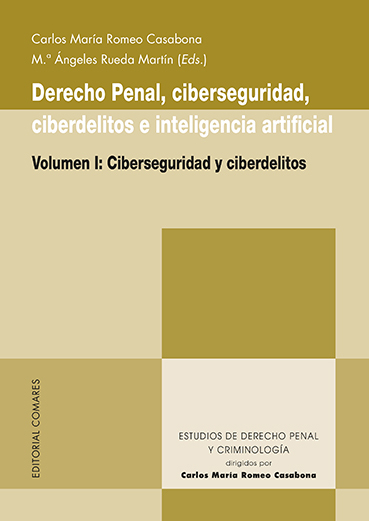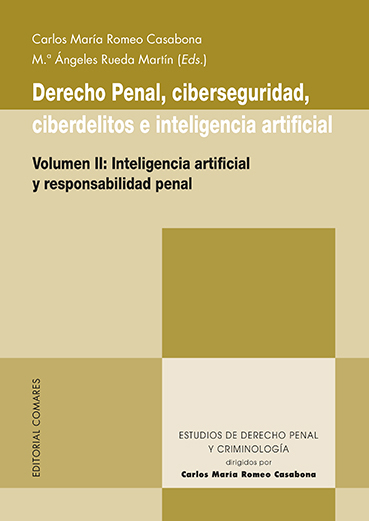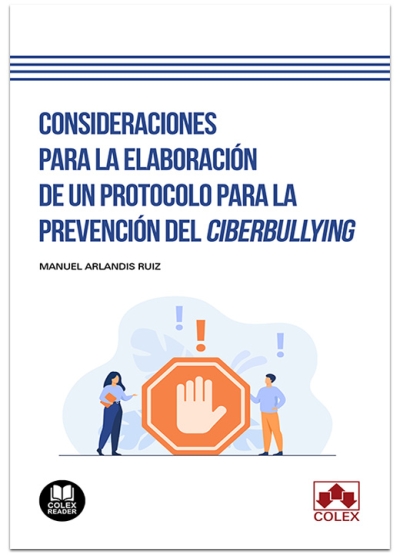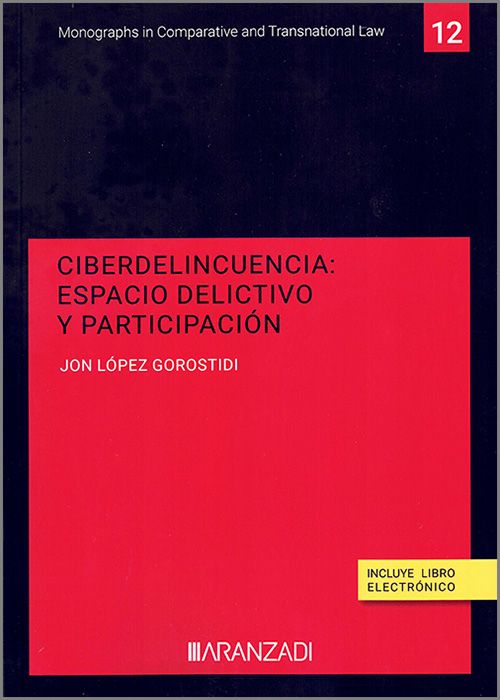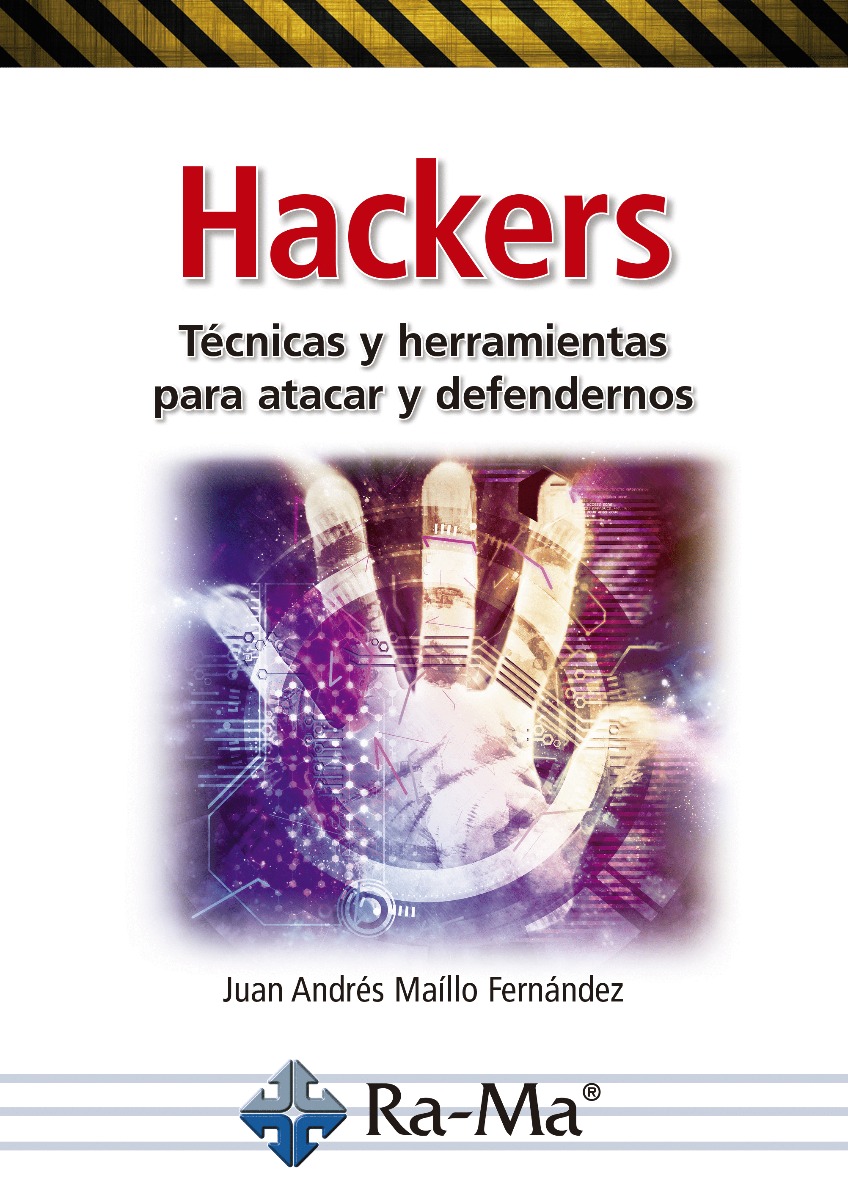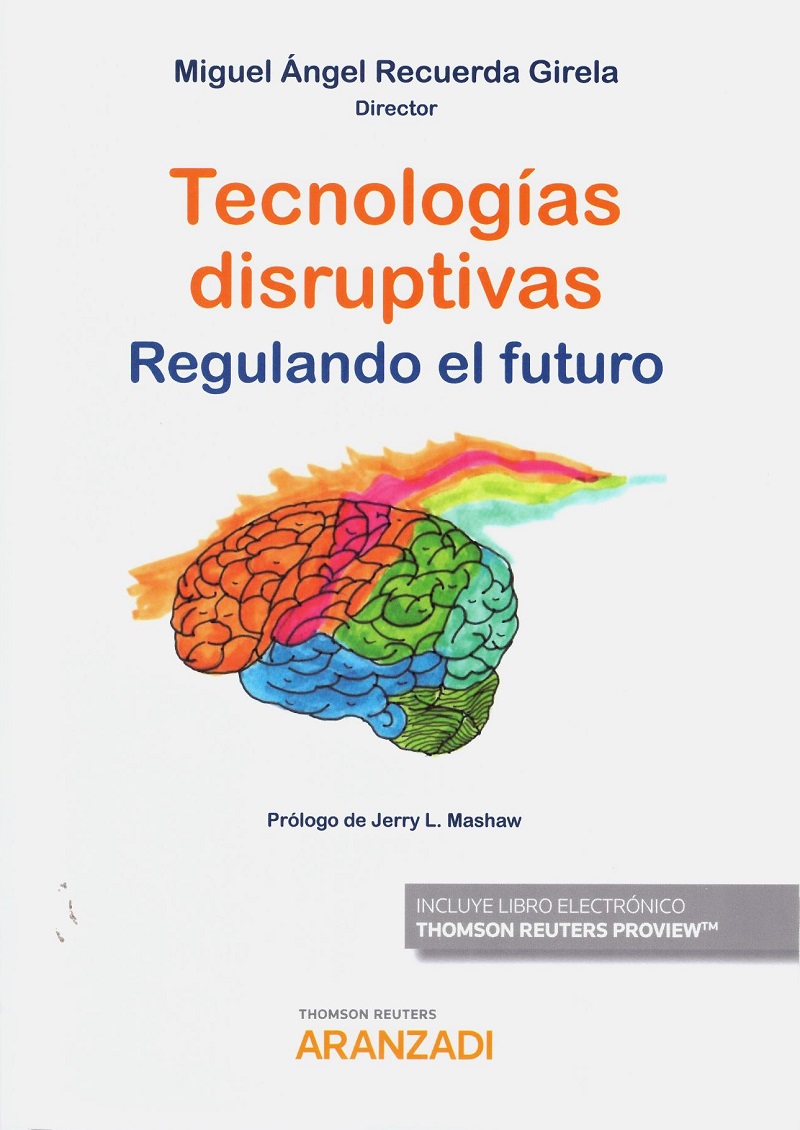Table of Contents
<div class=»section-content «>Introduction ix
Chapter 1. On the Origins of Artificial Intelligence </b>1
1.1. The birth of artificial intelligence (AI) 1
1.1.1. The 1950s–1970s in the United States 1
1.1.2. AI research in China 7
1.1.3. AI research in Russia 9
1.1.4. AI research in Japan 12
1.1.5. AI research in France 14
1.2. Characteristics of AI research 16
1.3. The sequences of AI history 19
1.4. The robot and robotics 23
1.5. Example of AI integration: the case of the CIA in the 1980s 27
1.5.1. The CIA’s instruments and methods for understanding and appropriating AI adapted to its needs 29
1.5.2. Focus groups, research, coordination 35
1.5.3. The network of interlocutors outside the intelligence community 36
1.5.4. What AI applications for what intelligence needs? 42
Chapter 2. Concepts and Discourses 45
2.1. Defining AI 47
2.1.1. AI 47
2.1.2. Expert systems 54
<p>2.1.3. Machine learning and deep learning 562.1.4. The robot, robotics 57
2.2. Types of AI 60
2.3. Evolution of the themes over time 62
2.3.1. Google Trends 62
2.3.2. The AAAI magazine 63
2.4. The stories generated by artificial intelligence 67
2.4.1. The transformative power of AI 67
2.4.2. The absolute superiority of human intelligence over the machine 75
2.4.3. The replacement of humans by machines 76
2.4.4. AI as an existential threat 77
2.4.5. The place of AI and robotics in fiction: the example of Japan 80
2.5. Political considerations 82
<p>2.5.1. National strategies for artificial intelligence 852.5.2. U.S. policy 97
Chapter 3. Artificial Intelligence and Defense Issues 105
3.1. Military policies and doctrines for AI: the American approach 105
3.1.1. American defense AI policy 105
3.1.2. AI in American military doctrines 114
3.2. Military AI in Russia 128
3.3. AI and the art of warfare 136
3.3.1. Manuel de Landa: war in the age of intelligent machines 136
3.3.2. AI announcing a new RMA? 139
3.3.3. Applications of AI in the military field 143
3.3.4. Expert systems in military affairs 146
3.3.5. Autonomous weapons 148
3.3.6. Robotics and AI 151
3.4. AI and cyber conflict 155
3.4.1. Malware, cybersecurity and AI 157
3.4.2. AI and cyberweapons 162
3.4.3. Offensive–defensive/security configurations 163
3.4.4. Adversarial AI and adversarial Machine Learning 171
3.4.5. AI and information warfare 173
3.4.6. Example 1: the war in Syria 179
3.4.7. Example 2: events in Hong Kong in 2019 181
3.4.8. Example 3: malicious AI attacks 183
3.4.9. Example 4: swarming attacks 184
3.4.10. Example 5: crossing universes with AI and without AI 185
Conclusion 187
Appendices 195
Appendix 1. A Chronology of AI 197
Appendix 2. AI in Joint Publications (Department of Defense, United States) 207
Appendix 3. AI in the Guidelines and Instructions of the Department of Defense (United States) 209
Appendix 4. AI in U.S. Navy Instructions 211
Appendix 5. AI in U.S. Marine Corps Documents 213
Appendix 6. AI in U.S. Air Force Documents 215
References 217
Index 235



